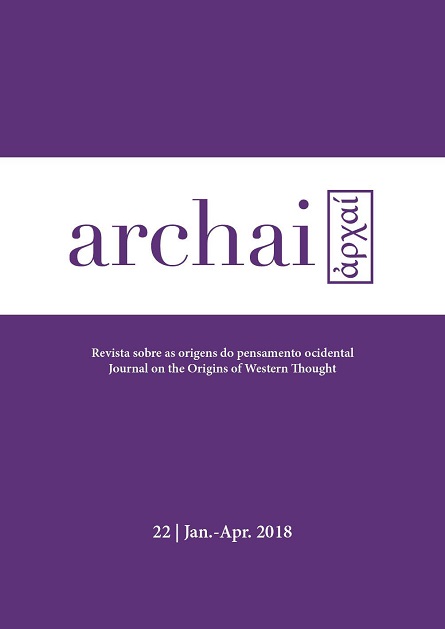Medeia escrava.
Sobre Amada de Toni Morrison
DOI:
https://doi.org/10.14195/1984-249X_22_11Keywords:
infanticídio, trágico, escravidão, fantasma, ErosAbstract
O ensaio traz uma leitura do romance Amada, de Toni Morrison, tendo como foco a evidente semelhança existente entre a história escrita pela autora contemporânea e o mito clássico de Medeia, e ressaltando as distinções de uma em relação à outra. A comparação entre as duas protagonistas já foi realizada mais de uma vez, e essa também não é a primeira obra que, por ter como protagonista uma mulher que assassina os próprios filhos, foi comparada à mítica personagem grega. O recurso das mulheres ao horrível infanticídio, como reação a uma situação trágica, tem sido recorrente ao longo da história: tanto da que realmente acontece, quanto da criada por ficções. E na dialética entre realidade e ficção pode ser percebida a primeira grande diferença entre as duas narrativas. Enquanto Medeia é uma personagem mítica, a personagem de Toni Morrison, Sethe, é uma ficção, mas uma ficção baseada em uma pessoa real, Margaret Garner, que de fato assassinou a filha e tornou-se, com esse gesto, personagem importante, quase mítica, na luta dos abolicionistas norte-americanos. A segunda diferença a ser destacada reside na motivação do ato em torno do qual a história gira: amor próprio, em um caso; amor materno, em outro. E a terceira e última grande distinção ressaltada está diretamente ligada à primeira, isto é, à dialética entre ficção e realidade. Por partir de uma história que realmente aconteceu, a personagem de Toni Morrison tem de encarar a reação a seu ato assassino no assim chamado mundo real, cumprir pena na cadeia e, depois, na vida. A solução deus ex-machina fica reservada à s heroínas míticas. Se há um deus capaz de salvar Sethe, é um bastante fenomênico e atende pelo nome de Eros.
Downloads
Downloads
Published
How to Cite
Issue
Section
License
Given the public access policy of the journal, the use of the published texts is free, with the obligation of recognizing the original authorship and the first publication in this journal. The authors of the published contributions are entirely and exclusively responsible for their contents.
1. The authors authorize the publication of the article in this journal.
2. The authors guarantee that the contribution is original, and take full responsibility for its content in case of impugnation by third parties.
3. The authors guarantee that the contribution is not under evaluation in another journal.
4. The authors keep the copyright and convey to the journal the right of first publication, the work being licensed under a Creative Commons Attribution License-BY.
5. The authors are allowed and stimulated to publicize and distribute their work on-line after the publication in the journal.
6. The authors of the approved works authorize the journal to distribute their content, after publication, for reproduction in content indexes, virtual libraries and similars.
7. The editors reserve the right to make adjustments to the text and to adequate the article to the editorial rules of the journal.



